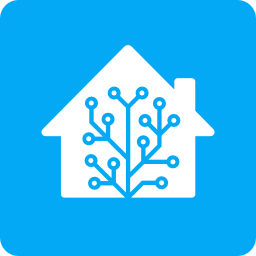

Ooooh! Totally not useless, but I have a version of this.
I have a cheap, but powerful, amp for the home audio system, and discovered it burns out if left perpetually on (yeah, I’m on my third). So I got a wall switch that’s turned off after 10 minutes of no audio streaming to that snapclient.



It’s not pointless, but needlessly silly: as part of the alarm system, in addition to the standard siren, the home audio system turns on and plays Rockwell’s “Somebody’s Watching Me” at full volume.
At 7pm on school nights, one of a number of versions of “Hushabye Mountain” is played, if music isn’t already playing.